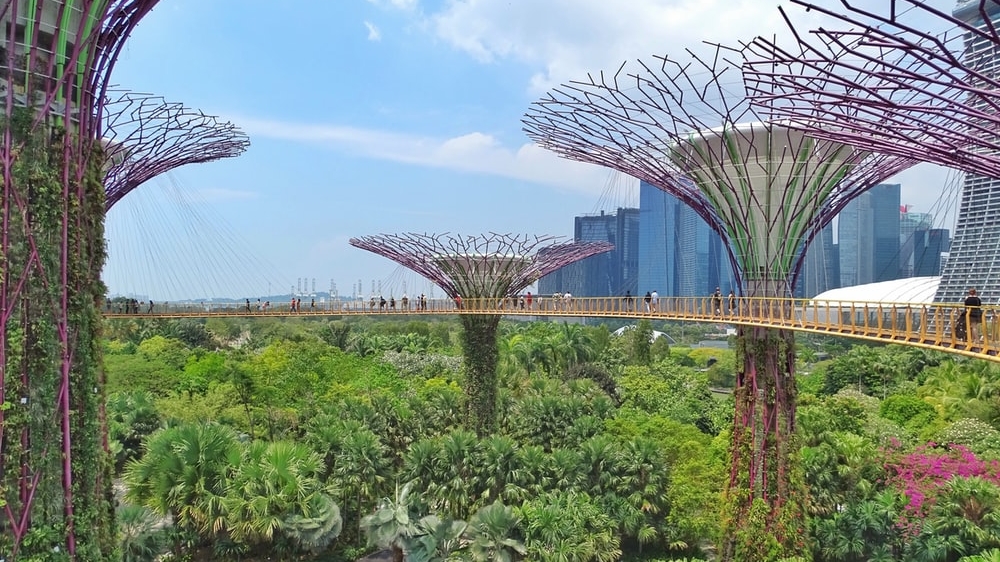
4 cooling solutions Singapore should adopt for its green transition
Cooling emissions will likely increase by nearly 40% by 2030.
With cooling emissions expected to rise by nearly 40% in 2030, the WWF-Singapore (World Wide for Nature Singapore) has urged the Lion City to adopt four clean cooling solutions.
The first of the four is district cooling for grid flexibility.
According to the WWF, district cooling "minimises the use of energy by having central cooling plants supply chilled water to buildings through an underground network of insulated pipes, eliminating the need for buildings to install their chillers."
"District cooling systems offer a high flexibility potential through their ability to store cold energy in thermal energy storage systems," the organisation added.
Another solution would be integrating control systems or the use of smart thermostats integrated with building management systems.
WWF said buildings could also install phase change materials (PCMs) which can provide short to medium-duration storage capacity.
"PCMs absorb large amounts of heat when it changes phase from solid to liquid, and the stored heat is released when the PCM solidifies again. The use of PCMs in heating, ventilation, and air conditioning (HVAC) systems can store low-carbon energy and release it during peak demand hours, thereby providing flexibility through demand-response," WWF said.
For longer duration energy storage, WWF said buildings could use cryogenic energy storage systems which can store "excess supply of renewable electricity at times of peak generation and release it back to the grid at times of high demand or low renewable electricity generation."
"Cryogenic energy storage systems are a form of PCM technology that releases energy when specific chemicals are manipulated to change from liquid to gaseous phase, allowing the storage or re-use of wasted cold energy for other needs," WWF said.
READ MORE: 8 of 10 SG businesses see real estate as critical for sustainability goals
These four solutions, according to the WWF, can help Singapore not only meet its growing demand for cooling but also limit its GHG emissions.
Cooling demand in Singapore --- mainly coming from commercial buildings, households, industries, and data centres --- is expected to increase by 66% by 2023 if it won't implement cooling interventions.
"As countries begin to transition towards Net Zero by scaling up renewable energy, new challenges related to variability and grid flexibility must be tackled to decarbonise successfully. As a major contributor to energy demand, cooling is well placed to be leveraged as an energy vector and provider of flexibility," Chris Stephens, Asia Director at the Carbon Trust, commented.






















 Advertise
Advertise






